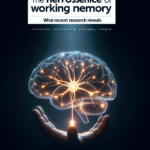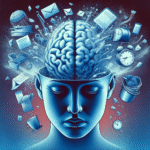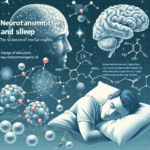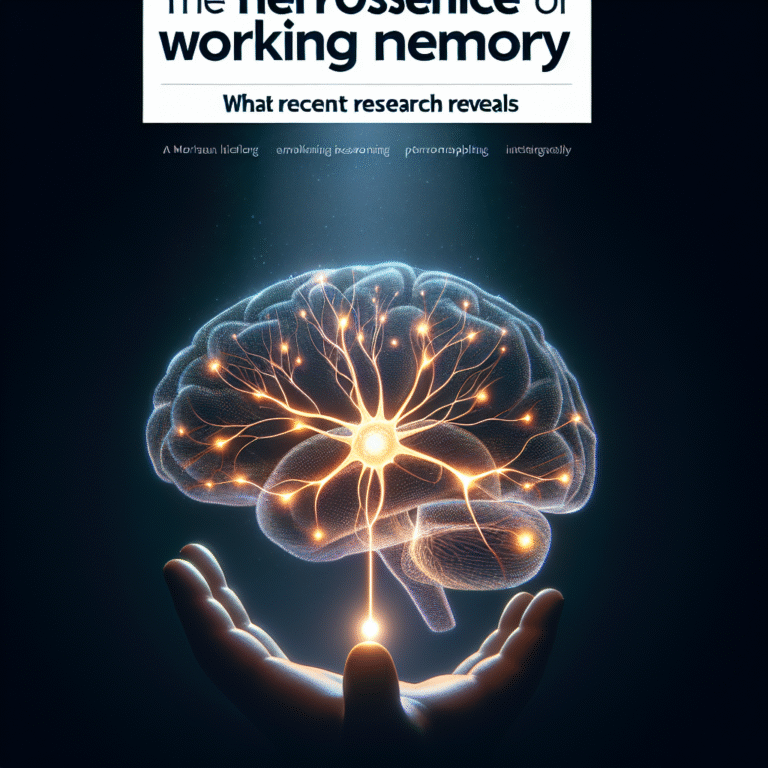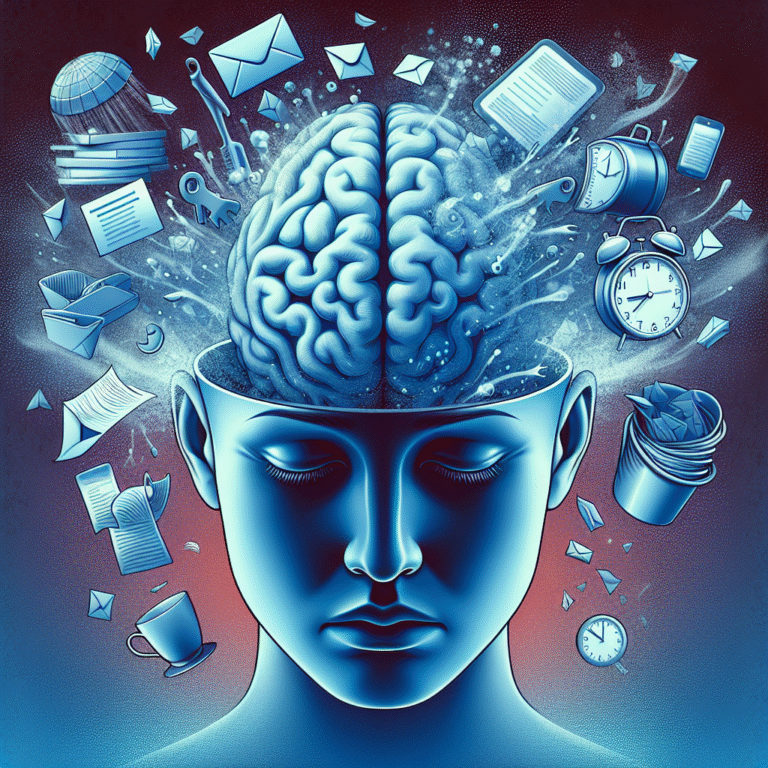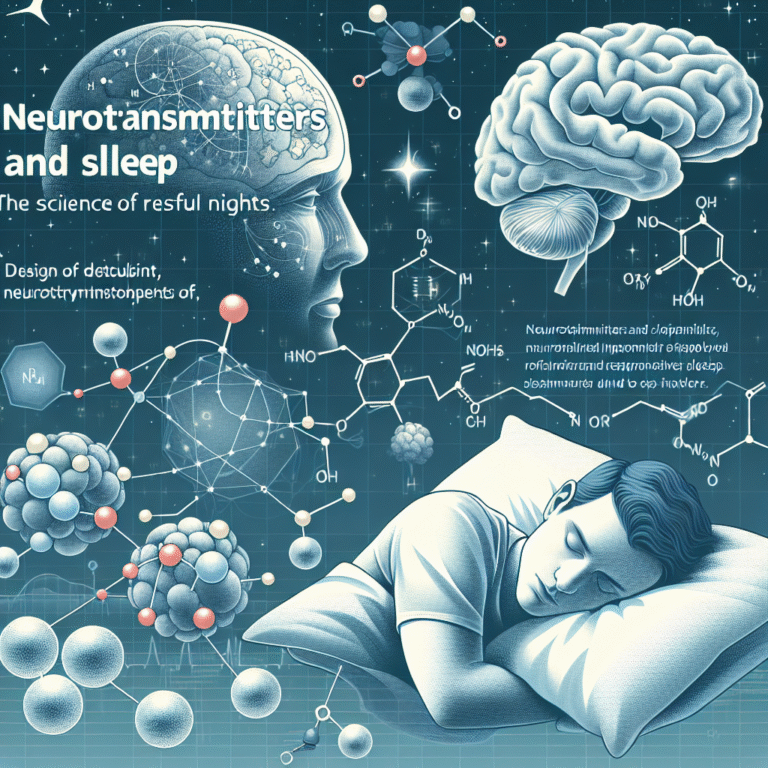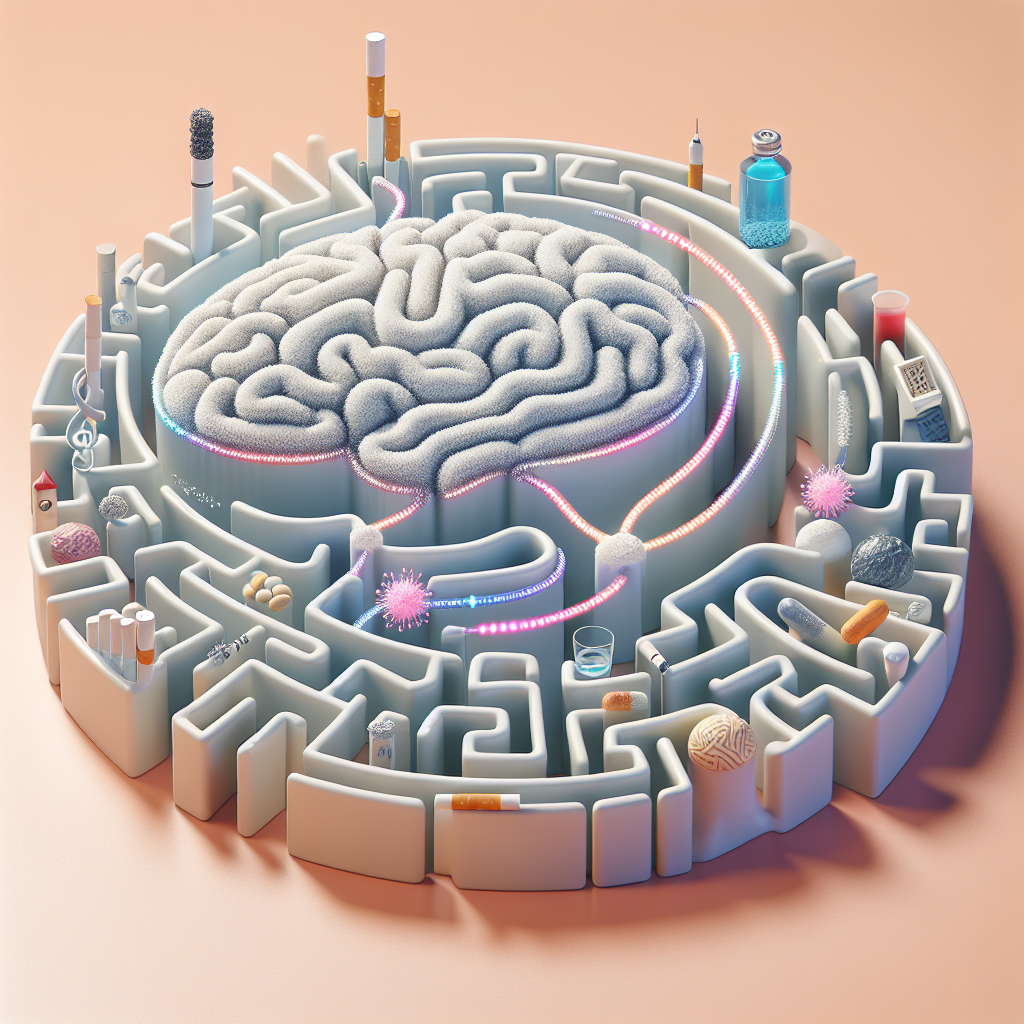
Introduction
Addiction is a profound and often devastating condition affecting millions worldwide. It transcends physical dependence, intertwining with our emotional, social, and biological landscapes. A key player in this complex puzzle is the realm of neurotransmitters—essential chemicals that send signals in the brain, influencing our thoughts, behaviors, and cravings. Understanding the intricate relationship between neurotransmitters and addiction is not only crucial for those affected by addiction but also for families, friends, and healthcare providers. In this comprehensive exploration, we will delve into Neurotransmitters and Addiction: The Chemistry of Cravings, unearthing insights that could illuminate pathways to recovery and a deeper understanding of human behavior.
The Role of Neurotransmitters in the Brain
Neurotransmitters are chemical messengers that communicate between nerve cells (neurons) in the brain and throughout the body. They play pivotal roles in regulating mood, motivation, arousal, and, crucially, cravings.
Key Neurotransmitters Involved in Addiction
-
Dopamine
Often dubbed the "feel-good" neurotransmitter, dopamine is intricately linked to the pleasure and reward pathways in the brain. When an individual engages in addictive behavior—such as using drugs, gambling, or consuming unhealthy food—dopamine levels surge. This biochemical rush reinforces the behavior, making the individual more likely to repeat it.Case Study: Research on cocaine addiction showcases that cocaine dramatically increases dopamine levels, providing intense euphoria. As tolerance builds, users require higher doses to achieve the same effect, highlighting the critical role of dopamine in addiction.
-
Serotonin
While serotonin is primarily associated with mood regulation, it also impacts cravings and impulse control. Low serotonin levels can lead to increased cravings for substances or behaviors that elevate mood temporarily, illustrating how neurotransmitters work in a delicate balance. -
Norepinephrine
This neurotransmitter is tied to the body’s fight-or-flight response and affects arousal and alertness. In addiction contexts, heightened norepinephrine levels can intensify cravings, fueling the compulsive behaviors associated with addiction. - Endorphins
These natural painkillers not only alleviate discomfort but also produce a sense of euphoria. Engaging in addictive behaviors can lead to endorphin surges, reinforcing those behaviors as a means of achieving pleasure and relief.
How Neurotransmitters Influence Cravings
The Brain’s Reward Pathway
At the heart of addiction lies the brain’s reward pathway, a system that typically functions to promote survival by encouraging behaviors that satisfy needs—like eating or procreating. This pathway primarily involves dopamine but is influenced by other neurotransmitters.
| Neurotransmitter | Function | Impact on Addiction |
|---|---|---|
| Dopamine | Reward, pleasure, motivation | Drives cravings for addictive substances |
| Serotonin | Mood regulation, impulse control | Impacts cravings, especially under stress |
| Norepinephrine | Alertness, arousal | Intensifies cravings and impulsivity |
| Endorphins | Pain relief, euphoria | Reinforces use of substances for pleasure |
The Cycle of Cravings and Consumption
The interaction between neurotransmitters and addiction can be summarized in a cyclical model:
- Stimulus: A triggering event or substance induces cravings.
- Dopamine Surge: The brain releases dopamine, leading to pleasure.
- Reinforcement: The individual feels compelled to repeat the behavior to experience the same high.
- Withdrawal: As levels of neurotransmitters normalize, withdrawal symptoms can intensify cravings, perpetuating the cycle.
The Impact of Environment and Genetics
While neurotransmitters play a pivotal role in addiction, environmental and genetic factors also significantly influence an individual’s susceptibility to addictive behaviors.
Genetics
Research shows that up to 50% of addiction risk may be hereditary. Genetic variations affecting neurotransmitter systems (such as dopamine receptors) can increase susceptibility to addiction. For example, individuals with certain genetic polymorphisms may have lower dopamine receptor densities, leading to a heightened need for stimulating experiences.
Environmental Factors
Environmental cues—such as stress, trauma, or social circles—can also trigger cravings. These factors can modulate neurotransmitter activity, making it crucial to consider the interplay between biology and environment in understanding addiction.
Treatment Approaches Addressing Neurotransmitters and Addiction
Understanding the chemical foundations of cravings can lead to more effective treatment methodologies. Various strategies focus on modulating neurotransmitter levels to manage addictions.
Medication-Assisted Treatment (MAT)
Examples:
- Methadone for opioid addiction works by activating the same brain receptors as opioids, helping to balance neurotransmitter levels.
- Naltrexone blocks the effects of opioids and impacts dopamine levels, reducing cravings.
Behavioral Therapy
Counseling techniques, such as Cognitive Behavioral Therapy (CBT), help individuals understand their cravings and develop coping strategies. By addressing the environmental stimuli linked to neurotransmitter responses, these therapies can alter behaviors and reduce dependency.
Case Studies Demonstrating the Chemistry of Cravings
Case Study 1: The Efficacy of Cognitive Behavioral Therapy
A study involving individuals undergoing CBT for alcohol use disorder illustrated reduced cravings and increased dopamine receptor sensitivity. Participants reported heightened awareness of their triggers and developed healthier coping mechanisms, validating the role of therapy in modulating neurotransmitter responses.
Case Study 2: Opioid Epidemic Treatment Outcomes
In a community program focusing on MAT for individuals addicted to opioids, data showed significant declines in cravings and improved quality of life. Participants who engaged with counseling while receiving medications reported higher recovery rates, underlining the importance of a multi-faceted approach.
Conclusion
The dialogue between Neurotransmitters and Addiction: The Chemistry of Cravings sheds light on why the journey towards recovery can be so challenging yet rewarding. The dance of neurotransmitters like dopamine, serotonin, norepinephrine, and endorphins intricately shapes our cravings and compulsions.
Understanding this chemistry empowers individuals and practitioners alike to approach addiction not merely as a failing of will but as a complex interplay of biology and environment.
Actionable Insights
- Educate Yourself: Understanding the biochemical basis of addiction can foster empathy and support.
- Seek Help: If you or someone you know is struggling with addiction, accessing appropriate treatments can open the door to recovery.
- Practice Mindfulness: Techniques that enhance self-awareness can reduce cravings and strengthen resilience against triggers.
FAQs
1. What are neurotransmitters?
Neurotransmitters are chemicals in the brain that send signals between nerve cells. They play a critical role in regulating mood, behavior, and cravings.
2. How do neurotransmitters impact addiction?
Neurotransmitters like dopamine are involved in the brain’s reward pathway. They reinforce behaviors that provide pleasure, making it more likely for individuals to engage in addictive behaviors.
3. Can addiction be treated effectively?
Yes, addiction can be effectively treated through various approaches, including medication-assisted treatment, behavioral therapy, and support groups.
4. Are there genetic factors that influence addiction?
Yes, genetics can significantly impact a person’s susceptibility to addiction, with certain genetic variations affecting neurotransmitter systems.
5. How can I support someone with addiction?
Educate yourself about the science of addiction, offer emotional support, and encourage them to seek professional help.
By diving into the intricate world of neurotransmitters and their role in addiction, we can demystify cravings and foster a compassionate approach to those navigating the path of recovery. Knowledge truly is power, and understanding the chemistry of cravings opens doors to healing and hope.

